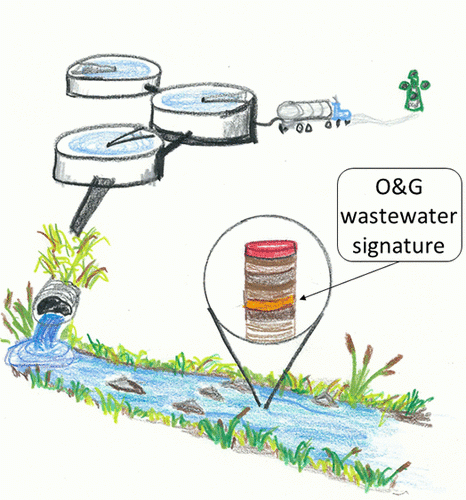Fracking Pollution Stays in Waterways Long After the Fracking is Done
Published on by Water Network Research, Official research team of The Water Network in Academic
Combining horizontal drilling with high volume hydraulic fracturing has increased extraction of hydrocarbons from low-permeability oil and gas (O&G) formations across the United States; accompanied by increased wastewater production.
 Surface water discharges of O&G wastewater by centralized waste treatment (CWT) plants pose risks to aquatic and human health.
Surface water discharges of O&G wastewater by centralized waste treatment (CWT) plants pose risks to aquatic and human health.
We evaluated the impact of surface water disposal of O&G wastewater from CWT plants upstream of the Conemaugh River Lake (dam controlled reservoir) in western Pennsylvania.
Regulatory compliance data were collected to calculate annual contaminant loads (Ba, Cl, total dissolved solids (TDS)) to document historical industrial activity.
In this study, two CWT plants 10 and 19 km upstream of a reservoir left geochemical signatures in sediments and porewaters corresponding to peak industrial activity that occurred 5 to 10 years earlier.
Sediment cores were sectioned for the collection of paired samples of sediment and porewater, and analyzed for analytes to identify unconventional O&G wastewater disposal.
Sediment layers corresponding to the years of maximum O&G wastewater disposal contained higher concentrations of salts, alkaline earth metals, and organic chemicals. Isotopic ratios of 226Ra/228Ra and 87Sr/86Sr identified that peak concentrations of Ra and Sr were likely sourced from wastewaters that originated from the Marcellus Shale formation.
Source: ACS Publications
Media
Taxonomy
- Water
- Watershed
- Energy
- Fracking
- Energy
- Fossil Fuels
- Fracking Technology
- Health & Safety
- Waste Disposal